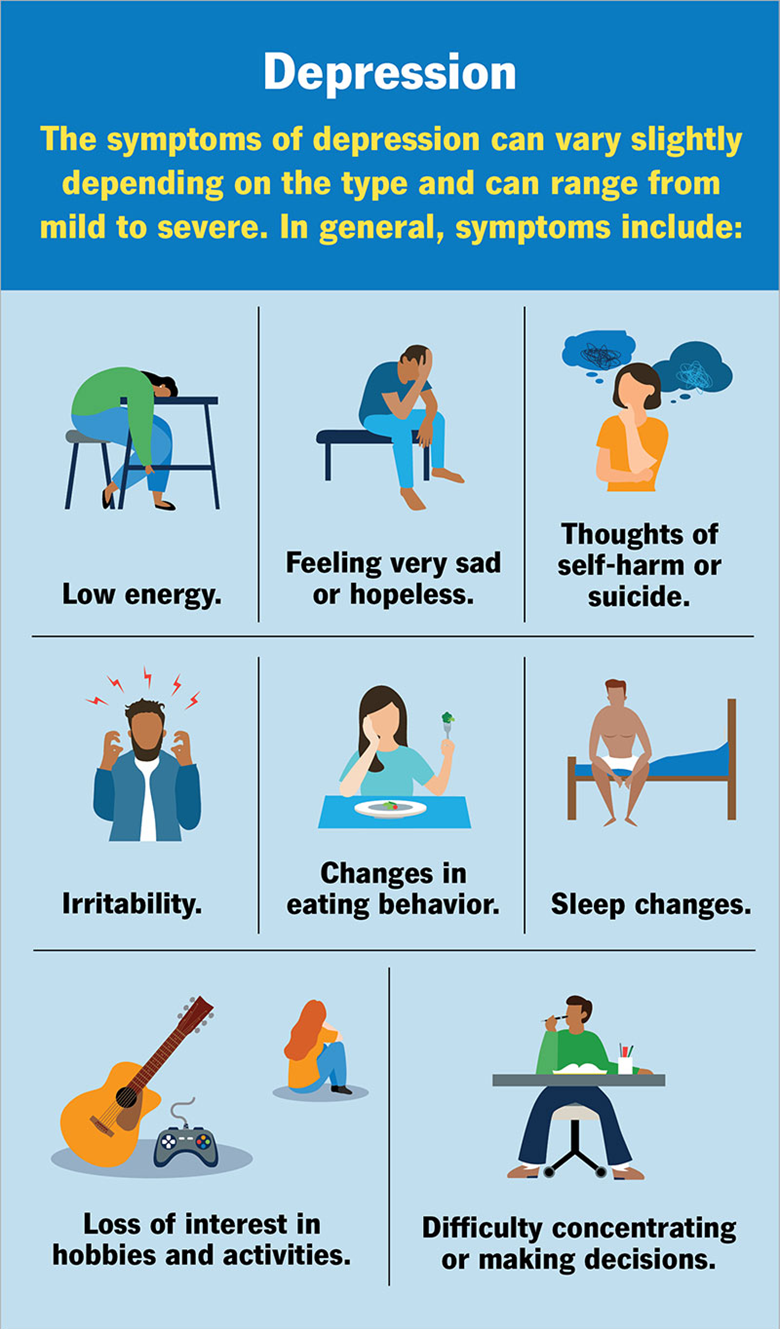A nurse is completing a summative evaluation of a condom distribution program at a local community college. Which of the following metrics should the nurse include?
Number of condoms distributed
Decrease in the incidence of sexually transmitted infections
Number of students who engage in sex
Location of the community college campus
The Correct Answer is B
Choice A Reason:
The number of condoms distributed is an important metric for understanding the reach and utilization of the program. However, it does not directly measure the program's effectiveness in achieving its primary goal, which is to reduce the incidence of sexually transmitted infections (STIs). While distribution numbers can indicate program activity, they do not provide information on health outcomes.
Choice B Reason:
Decrease in the incidence of sexually transmitted infections is the most relevant metric for evaluating the effectiveness of a condom distribution program. The primary objective of such programs is to reduce the transmission of STIs among the target population. By measuring the incidence of STIs before and after the implementation of the program, the nurse can assess whether the program has successfully achieved its goal of improving sexual health outcomes.
Choice C Reason:
The number of students who engage in sex is not a suitable metric for evaluating the effectiveness of a condom distribution program. The program aims to promote safe sex practices rather than influence the number of sexual encounters. Tracking sexual activity does not provide meaningful data on the program's impact on STI prevention.
Choice D Reason:
The location of the community college campus is not relevant to the evaluation of the condom distribution program's effectiveness. While the location might be important for logistical planning and accessibility, it does not provide any information on the program's success in reducing STIs or promoting safe sex practices.
Nursing Test Bank
Naxlex Comprehensive Predictor Exams
Related Questions
Correct Answer is C
Explanation
Choice A: Prevalence Rate
The prevalence rate measures the total number of cases of a disease or health condition in a population at a specific point in time or over a specified period. It is expressed as a proportion of the population. While useful for understanding the burden of disease, the prevalence rate does not provide information on the number of deaths, making it unsuitable for calculating mortality data.
Choice B: Case Fatality Rate
The case fatality rate (CFR) is the proportion of individuals diagnosed with a particular disease who die from that disease within a specified period. It is expressed as a percentage. While CFR provides insight into the severity of a disease, it does not give the overall number of deaths in a population, nor does it specify the age group affected.
Choice C: Age-Specific Mortality Rate
The age-specific mortality rate is the number of deaths in a specific age group per 100,000 population in that age group over a given period. This measure is ideal for calculating the number of deaths among school-age children, as it provides detailed mortality data specific to that age group. By using this rate, the nurse can accurately determine the mortality rate for school-age children in the county.
Choice D: Cause-Specific Mortality Rate
The cause-specific mortality rate is the number of deaths from a specific cause per 100,000 population in a given year. While this measure is useful for understanding the impact of specific diseases or conditions, it does not provide a comprehensive view of mortality across different age groups. Therefore, it is not the best choice for calculating the overall number of deaths among school-age children.
Correct Answer is D
Explanation
Choice A: Recommend the Client Obtain a Part-Time Job
Recommending a part-time job might seem like a good way to keep the adolescent busy and help them integrate into their new environment. However, this approach may not directly address the underlying issues of depression and could potentially add more stress. Adolescents dealing with depression need professional mental health support to navigate their feelings and develop coping strategies.
Choice B: Arrange a Visit with a Neurologist
While a neurologist can help with neurological disorders, depression due to a recent move is typically a psychological issue rather than a neurological one. Therefore, arranging a visit with a neurologist is not the most appropriate intervention. The focus should be on providing mental health support through counseling and therapy.
Choice C: Encourage the Client to Engage in Physical Activity Such as Joining a Sports Team
Encouraging physical activity is beneficial for mental health as it can help reduce symptoms of depression and improve overall well-being. However, while physical activity can be a helpful supplementary intervention, it should not be the primary approach. Professional counseling is essential to address the root causes of depression and provide the necessary support.
Choice D: Schedule an Appointment with a School-Based Counselor
This is the correct intervention. A school-based counselor is trained to provide mental health support to students. They can help the adolescent process their feelings, develop coping strategies, and provide a safe space to talk about their experiences. Counseling is a crucial step in addressing depression and helping the student adjust to their new environment.

Whether you are a student looking to ace your exams or a practicing nurse seeking to enhance your expertise , our nursing education contents will empower you with the confidence and competence to make a difference in the lives of patients and become a respected leader in the healthcare field.
Visit Naxlex, invest in your future and unlock endless possibilities with our unparalleled nursing education contents today
Report Wrong Answer on the Current Question
Do you disagree with the answer? If yes, what is your expected answer? Explain.
Kindly be descriptive with the issue you are facing.
